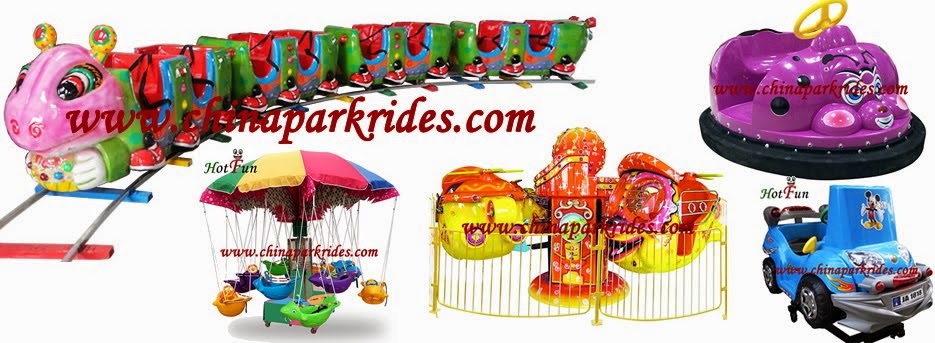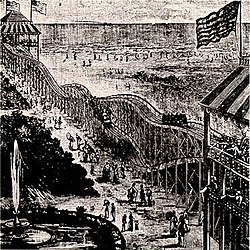The kiddie ride was invented in 1930 by James Otto Hahs of Sikeston, Missouri. Originally called the Hahs Gaited Mechanical Horse, the coin operated kiddie rides was originally conceived as a Christmas present for his children. However, Hahs soon realized that he has a potential money-maker in his hands and set about commercializing the toy. Initially, he used wooden horses not unlike those found on carousels, and commissioned carousel makers to make the horses. However, he soon found these horses to be heavy, and decided that aluminum would be a better material to sculpt his horses out of. When told it can't be done, however, Hahs went ahead and invented a process to form horses out of aluminum. These amusement kiddie rides would be manufactured at Hahs Machine Works in Sikeston, Missouri and went on to win several awards, including most original invention of the year 1932. In 1933, Hahs struck a deal with Exhibit Supply Company to distribute his horses, with a 5% cut going to Hahs. When the patent on the ride eventually ran out, Hahs had retired as a wealthy inventor. In 1953, Billboard magazine called it "1953's fastest growing business". Eventually, the rides changed from aluminum to fiberglass.
 |
| kiddie rides for sale |
Hot Fun Park Rides Manufacture Co., Ltd was established in 2001, is a professional engaged in R & D, production, amusement equipment sales and installation as one of the modern enterprise, is CAAPA, RAAPA, IAAPA, DEAL member unit. Specializing in the production of horse, pirate ship, flying chair, small train mechanical amusement equipment. Have a professional R & D and the international, domestic sales team. Products are exported to Japan, Europe, Southeast Asia, America, Middle East, South Africa, on 4 continents, more than 30 countries and regions each.










